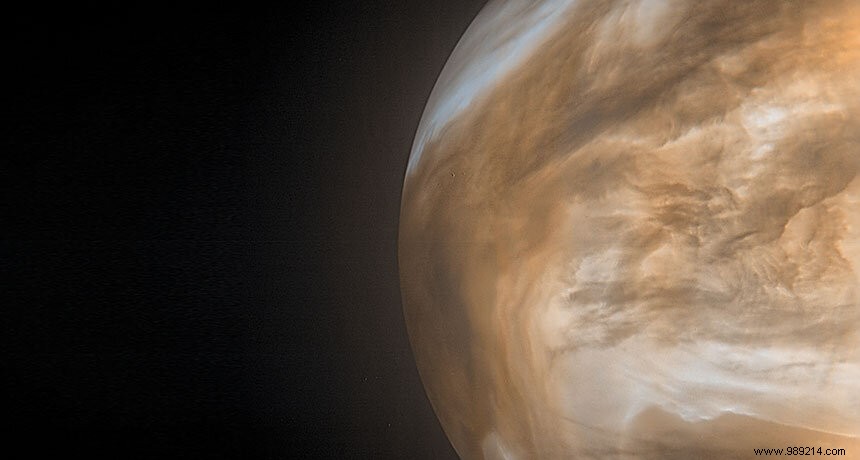Weird, newly theorized "eggshell planets" may be developing ultra-thin, ultra-smooth outer layers, according to a new study. Three of these worlds might even already have been detected.
Over the past two decades, astronomers have confirmed the existence of more than 4,500 extrasolar planets. On this sample, many of these worlds do not resemble any of the planets in our system. Some are super-Earths, while others are for example hot Jupiters, but there could be others, unsuspected.
In this new study, the results of which are reported in the Journal of Geophysical Research:Planets, researchers modeled how different characteristics of a rocky planet and its star could influence the thickness of its lithosphere.
The outer layer of a rocky planetary body is usually rigid. Its thickness governs many aspects of the geological character of this body, such as simply supporting plate tectonics. Factors inherent to the planet such as size, interior temperature, composition and even climate affect this thickness, but so do factors specific to its star such as its brightness and distance.
For this new research, Paul Byrne and his team at Washington University (St. Louis) ran a large number of computer models to see how various combinations of planetary properties and stellar could influence the thickness of the outer layer of a planetary body.
These models predicted that small, old, or worlds far from their star likely developed thick, rigid layers. On the other hand, under the right circumstances, exoplanets could possess a fragile lithosphere only a few kilometers thick . These are called eggshell planets. According to the study, these worlds could resemble the lowlands of Venus which offer vast expanses of lava and very little relief.

Naturally, such a layer could not allow the movement of tectonic plates. Also, these planets may not prove habitable for life as we know it. Indeed, we know that on Earth plate tectonics help ensure that the minerals that pull carbon from the air are locked inside the planet, helping to control atmospheric carbon dioxide levels. Without tectonics, the greenhouse effect becomes uncontrollable . The case of Venus is an example.
"Plate tectonics help regulate Earth's temperature, which in turn helps it maintain relatively comfortable surface temperatures “, confirms the astronomer. "We don't know if plate tectonics is a real requirement for a world to be considered habitable, but it helps a lot “.
Finally, the researchers point out that three of these planets may have already been discovered. They propose that these worlds be examined with new generation space telescopes such as the James Webb Telescope.